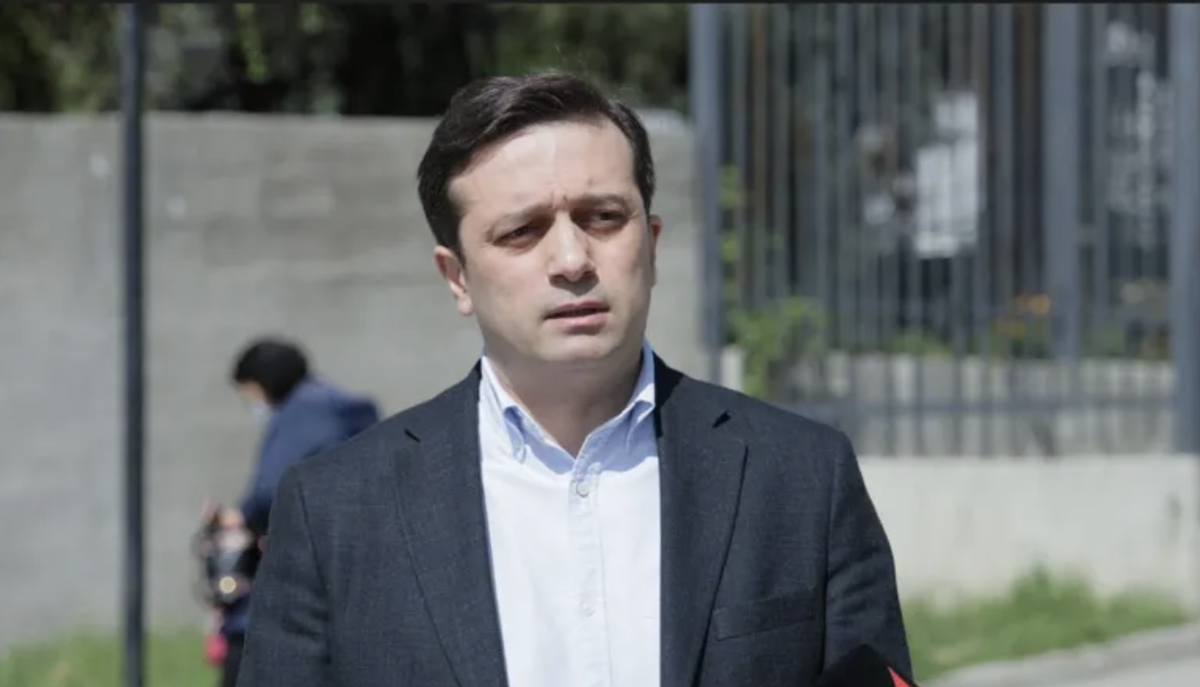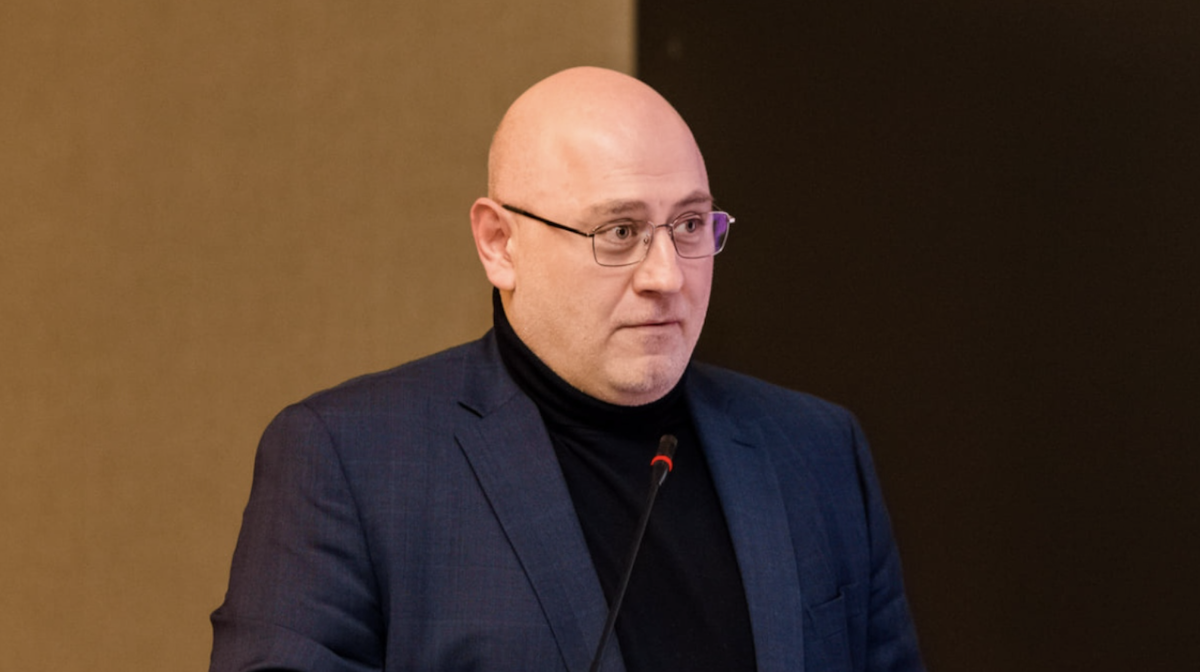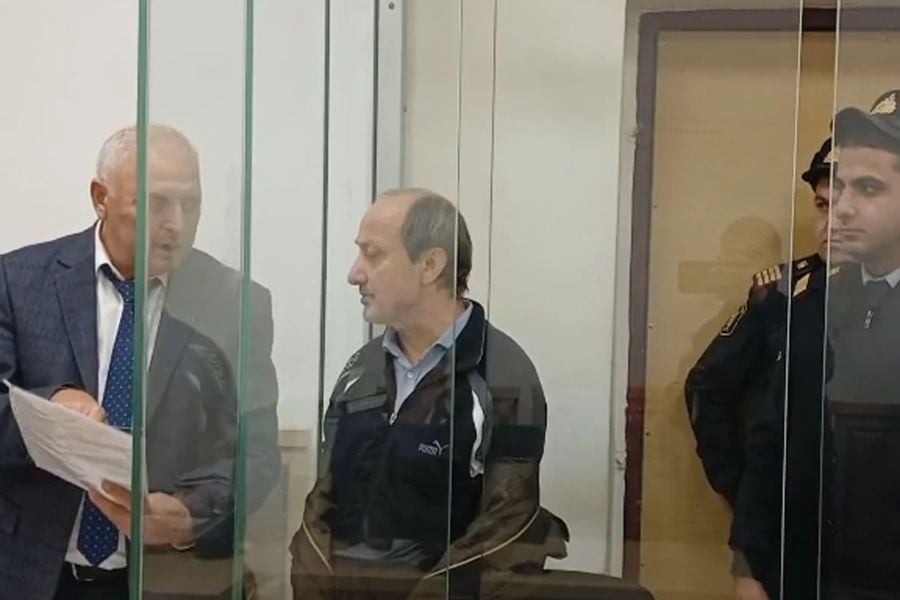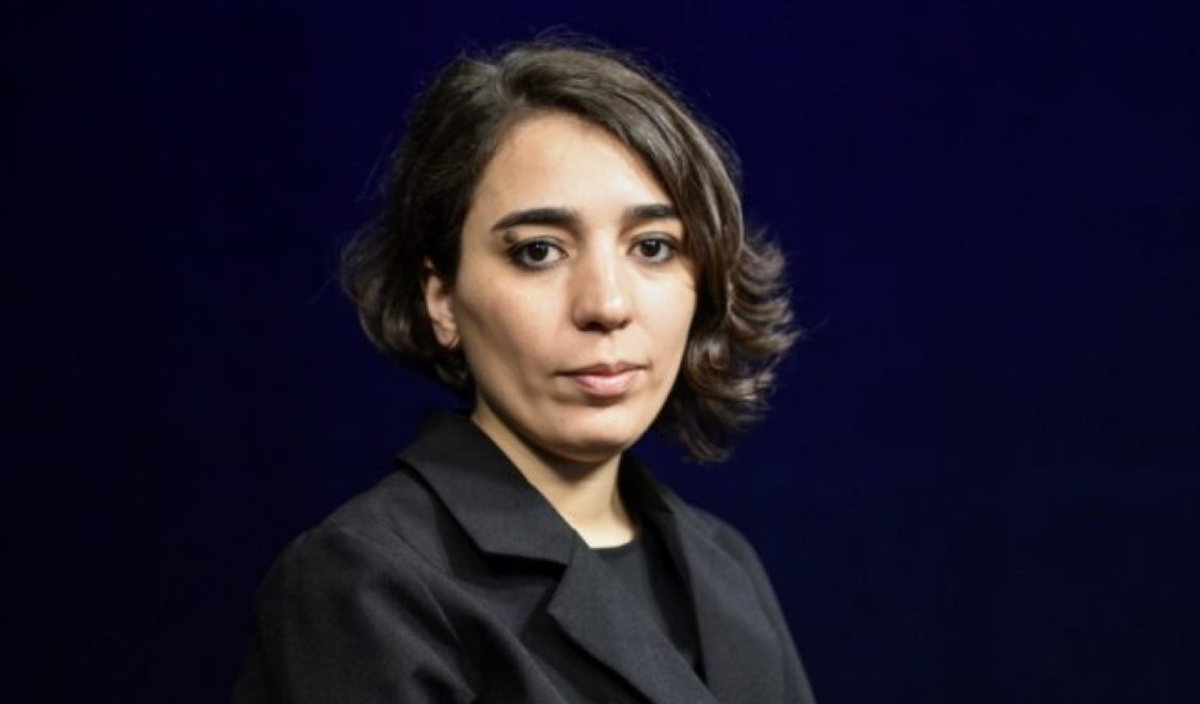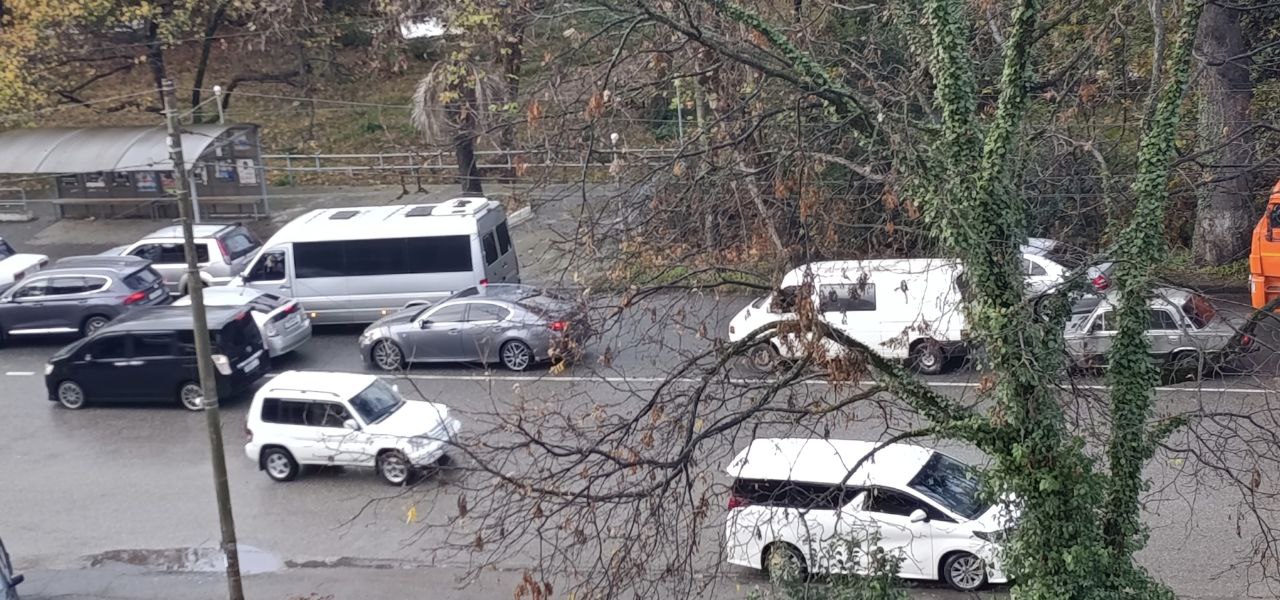Karabakh truce: return of outlying regions, Azerbaijani refugees, introduction of Russian peacekeepers
On the night of November 10, an agreement was signed between Azerbaijan, Armenia and Russia on the cessation of hostilities in Karabakh, the return of adjacent regions under the control of Azerbaijan and the return of Azerbaijani refugees to Karabakh.
The signing of the agreement caused a strong protest in Yerevan. Hundreds of people, outraged by the terms of the settlement enshrined in the agreement, broke into the government building and then into parliament.
Riots in Yerevan continued all night, with people protesting against what the opposition calls ‘the de facto surrender of Karabakh to Azerbaijan.
Protests in Yerevan, video
At about two in the morning on November 10, the Armenian prime minister wrote on his Facebook page that he had signed an agreement to end hostilities.
He explained that he made this difficult decision for himself and for the entire Armenian people as a result of analyzing the military situation and the assessments of people who understand the situation well.
And yet, many in Armenia could not believe that the head of the government could take this step – until Nikol Pashinyan appeared on the air.
He called his speech ‘Why and who is to blame,’ but said that he could not yet provide all the details of why he signed the agreement and what had happened over the past month.
Pashinyan promised to disclose all information after some time – after the stabilization of the situation in the conflict zone.
In the morning, the Prime Minister spoke live again. This time, due to the fact that the angry crowd attacked the speaker of the parliament Ararat Mirzoyan and severely beat him.
What the parties agreed on – the full text of the agreement
According to the document, the parties to the conflict pledged to end all hostilities from 00:00 Moscow time on November 10, 2020.
Many of the details of the text remain unclear. JAMnews will provide further information and analysis of the text in several hours time.
What is known so far:
“The Aghdam region and the territories held by the Armenian side in the Gazakh region of the Republic of Azerbaijan are returned to the Azerbaijani side by November 20, 2020.
Along the contact line in Nagorno-Karabakh and along the Lachin corridor, a peacekeeping contingent of the Russian Federation is deployed in the amount of 1,960 military personnel with small arms, 90 armored personnel carriers, 380 units of automobile and special equipment.
The peacekeeping contingent of the Russian Federation is deployed in parallel with the withdrawal of the Armenian armed forces. The duration of the stay of the peacekeeping contingent of the Russian Federation is 5 years with automatic extension for following 5-year periods, if none of the parties declares 6 months before the expiration of the period the intention to terminate the application of this provision.
In order to increase the effectiveness of control over the implementation of the agreements by the parties to the conflict, a peacekeeping center is being deployed to control the ceasefire.
The Republic of Armenia will return the Kelbajar region to the Republic of Azerbaijan by November 15, 2020, and the Lachin region by December 1, 2020, while leaving behind the Lachin corridor (5 km wide), which will ensure the connection of Nagorno-Karabakh with Armenia and at the same time will not affect Shusha city.
By agreement of the parties, in the next three years, a plan will be determined for the construction of a new traffic route along the Lachin corridor, providing communication between Stepanakert and Armenia, with the subsequent redeployment of the Russian peacekeeping contingent to protect this route.
The Republic of Azerbaijan guarantees the safety of traffic along the Lachin corridor of citizens, vehicles and goods in both directions.
Internally displaced persons and refugees are returning to the territory of Nagorno-Karabakh and adjacent areas under the control of the Office of the United Nations High Commissioner for Refugees.
There is an exchange of prisoners of war and other detained persons and bodies of the dead.
All economic and transport links in the region have been unblocked. The Republic of Armenia will provide transport links between the western regions of the Republic of Azerbaijan and the Nakhichevan Autonomous Republic in order to organize the unimpeded movement of citizens, vehicles and goods in both directions. Transport control is exercised by the bodies of the Border Service of the FSB of Russia.
By agreement of the parties, the construction of new transport communications linking the Nakhichevan Autonomous Republic with the western regions of Azerbaijan will be ensured.
Background: the Karabakh War in 1988-1994 and in 2020
• Since September 27, 2020, the Azerbaijani and Armenian armies have been conducting fierce battles in the Karabakh conflict zone using armored vehicles, artillery and drones. Several thousand people have already died among the military and civilians on both sides. An armistice was declared three times during this time – on October 10, 18 and 26, but each time it was violated immediately. The parties accuse each other of non-compliance with the ceasefire.
• The Karabakh War was an armed conflict between Armenians and Azerbaijanis which occurred from 1991-1994 in the territory of the former Nagorno-Karabakh Autonomous Region and the surrounding regions. The war ended when a truce was signed, but exchange of gunfire still continues to break out periodically.
The Armenian population in the Nagorno-Karabakh Republic lives as a de-facto independent republic, unrecognized by any government in the world, including Armenia. Azerbaijan considers Karabakh and the surrounding territory taken during the war to be occupied, and demands that it be returned to Azerbaijan.
Negotiations held to settle the conflict have not yet yielded results.
The last full-scale outbreak, known as the “April War” or the “Four Day War,” took place in April of 2016. Ten people from each side were killed as a result of the conflict.










